Growing Bookworms: Toys that help develop fine motor skills in children
Posted: June 8, 2022 Filed under: Growing Bookworms, Teaching Writing, Writing | Tags: Fine Motor Skills, Growing Bookworms, Robbie Cheadle, Teaching Writing, Writing to be Read 41 Comments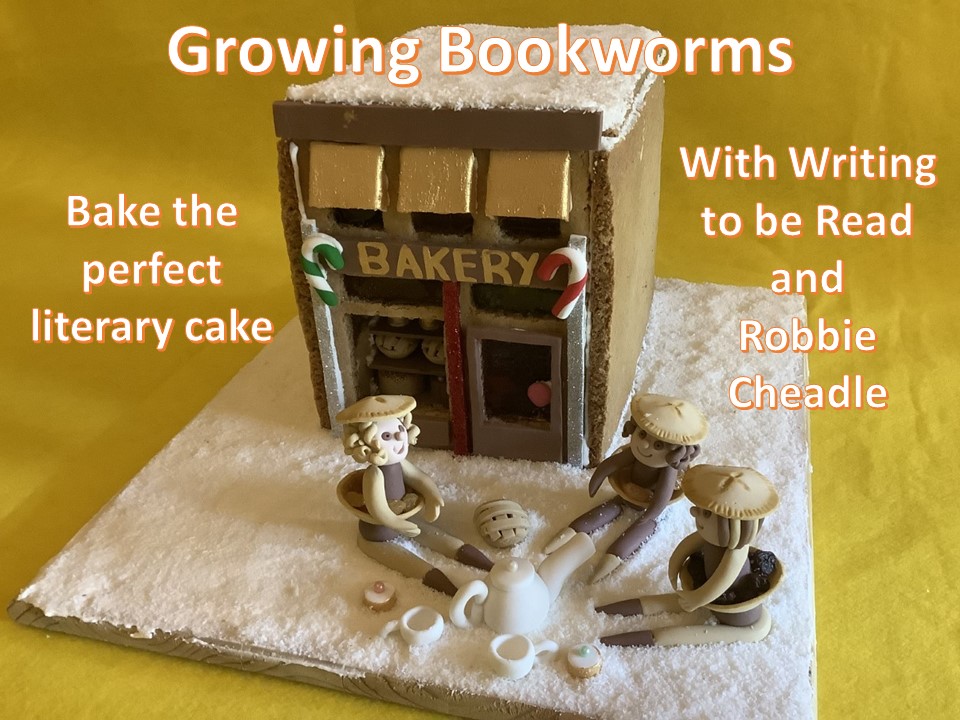
It is important for children to develop good fine motor skills so they can perform important tasks such as feeding themselves, grasping objects, drawing, cutting, and writing. Successful achievement of these skills increases children’s confidence.
These are a few examples of toys that help children develop fine motor skills:
Threading beads
Threading beads on a string is an excellent activity for small children. Large beads with thick stings and large holes are best for younger children. Sets with smaller beads, strings and holes are available for older children. Children love making necklaces and bracelets for themselves, parents and other caregivers.
Lacing cards
Lacing involves threading a string or shoelace through a board. It is the same action that is used to thread shoelaces in a shoe. Parents and caregivers can create their own board using cardboard and scissors or a paper punch. Alternatively, you can purchase lacing kits.
Building blocks
Building blocks have many benefits other than improved fine motor skills. Among these are increased attention span, working with other children i.e. team work, gross motor skills, science concepts (such as gravity, weight, stability and balance), spatial development, early maths and number concepts, and language development. Lego is a more advanced form of building with blocks.
Drawing and painting tools
Drawing and painting is a wonderful and fun way of allowing children to develop their fine motor skills. There are a variety of different instruments for drawing and painting, including wax crayons, oil pastels, paints of all sorts, coloured pens and pencils, ect.
Drawing has the added benefit of teaching children how to hold a tool or instrument to make shapes and drawings on a surface.
Puzzles
Puzzle come in all sorts of shapes and sizes from shape sorters for very young children to large, complex puzzles for older children. There are also a variety of colourful peg boards that are available for children.
I had all of these toys for my children and I used to sit and do activities with them in the afternoons. I also used to get the boys to cut out shapes and stick them on paper to make interesting designs. Michael struggled with cutting and it was one of the first indicators I identified of his auditory processing barrier.
Did you do any of these activities with your children? If yes, do you think they helped your child with learning to write? Let me know if the comments.
About Robbie Cheadle

Robbie Cheadle is a South African children’s author and poet with 9 children’s books and 2 poetry books.
The 7 Sir Chocolate children’s picture books, co-authored by Robbie and Michael Cheadle, are written in sweet, short rhymes which are easy for young children to follow and are illustrated with pictures of delicious cakes and cake decorations. Each book also includes simple recipes or biscuit art directions which children can make under adult supervision.
Robbie has also published 2 books for older children which incorporate recipes that are relevant to the storylines.
Robbie has 2 adult novels in the paranormal historical and supernatural fantasy genres published under the name Roberta Eaton Cheadle. She also has short stories in the horror and paranormal genre and poems included in several anthologies.
Robbie writes a monthly series for https://writingtoberead.com called Growing Bookworms. This series discusses different topics relating to the benefits of reading to children.
Robbie has a blog, https://robbiesinspiration.wordpress.com/ where she shares book reviews, recipes, author interviews, and poetry.
Find Robbie Cheadle
Blog: https://www.robbiecheadle.co.za/
Blog: robbiesinspiration.wordpress.com
Twitter: BakeandWrite
Instagram: Robbie Cheadle – Instagram
Facebook: Sir Chocolate Books
______________________________________________________________________________________________
Want to be sure not to miss any of Robbie’s “Growing Bookworms” segments? Subscribe to Writing to be Read for e-mail notifications whenever new content is posted or follow WtbR on WordPress. If you found it interesting or entertaining, please share.
Discover more from Writing to be Read
Subscribe to get the latest posts sent to your email.








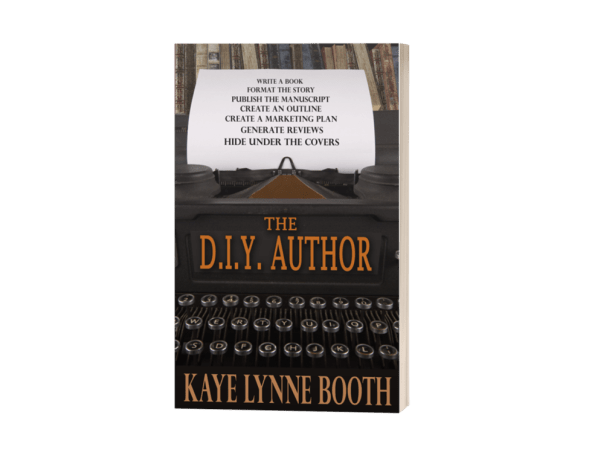
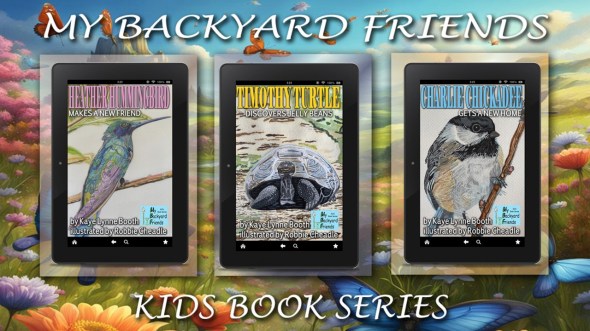

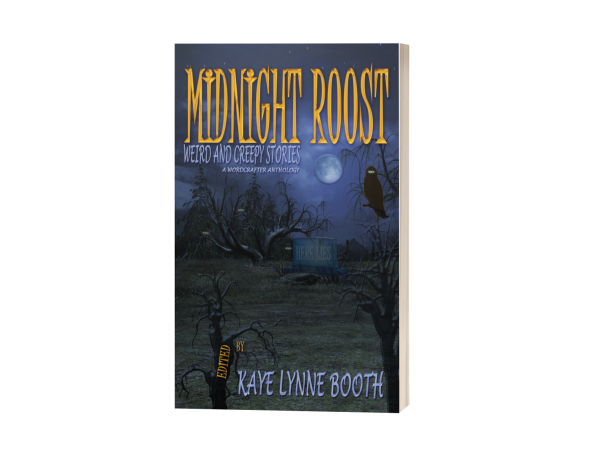






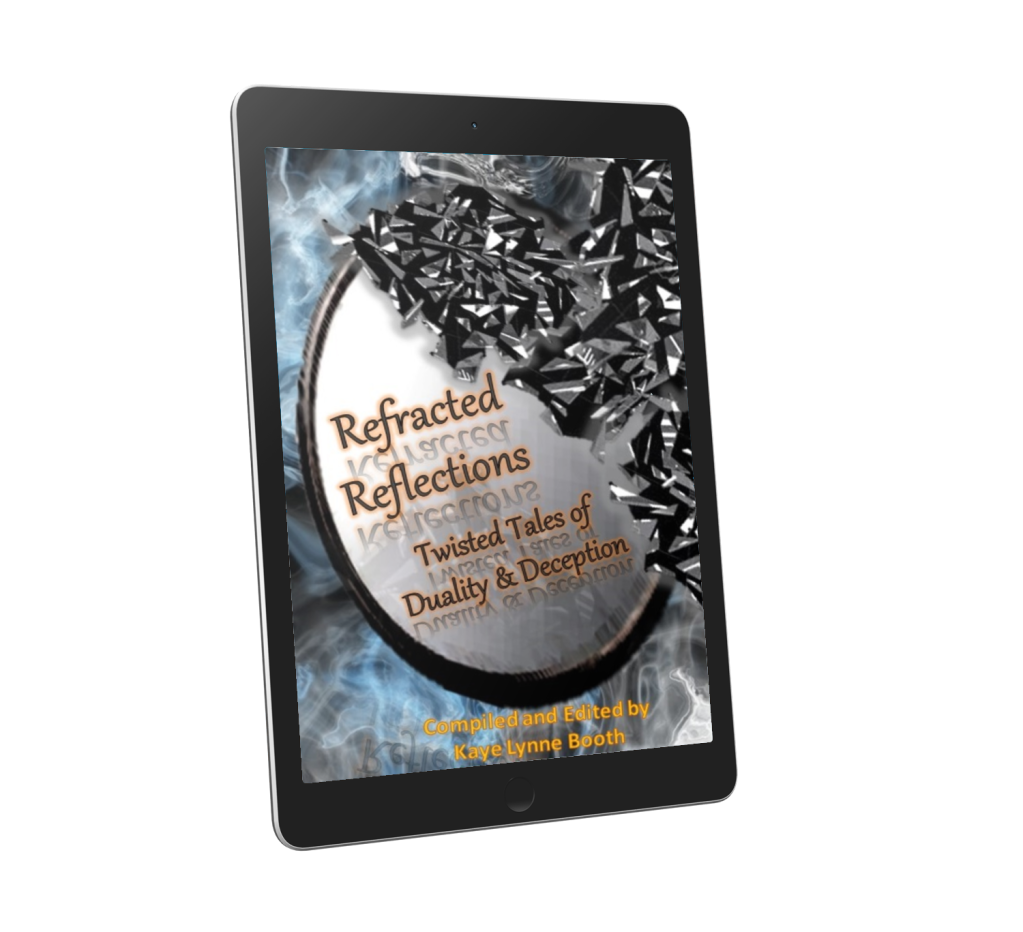

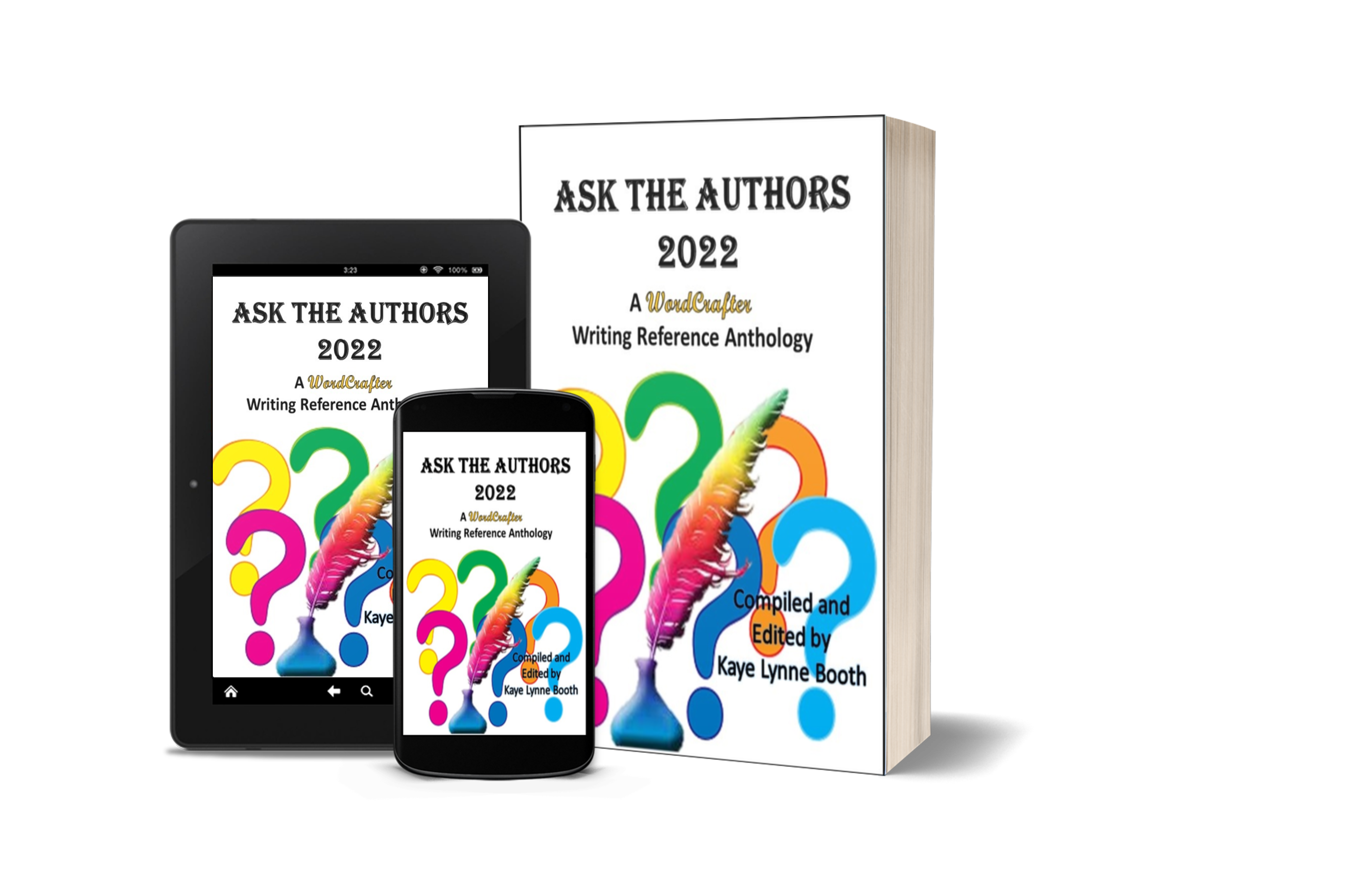


Excellent suggestions, Robbie. I did all those things but the beads with my kids. And I’m looking forward to doing them with my granddaughter.
LikeLiked by 2 people
Hi Staci, I also did beads with my boys but they didn’t progress to more advanced beads. I used to do that with my nieces as I enjoyed it too.
LikeLiked by 2 people
It’s probably similar to threading popcorn for a Christmas tree. I never thought to look into beadwork. Now I will! Thanks.
LikeLiked by 2 people
💖
LikeLiked by 2 people
What a great post. Fine motor skills for kids is so important. My kids came by them naturally so I didn’t think much about them. These are a great list of approaches.
LikeLiked by 2 people
HI Jacqui, thank you. Michael had some fine motor issues and that is how we picked up on his auditory processing problem, he couldn’t cut properly with scissors. To this day his writing his horrible.
LikeLiked by 2 people
Reblogged this on Robbie's inspiration and commented:
This month’s Growing Bookworms post on Writing to be Read is about toys that help children develop fine motor skills. Thank you for hosting, Kaye Lynne Booth.
LikeLiked by 1 person
🙂
LikeLiked by 1 person
Puzzles, were one of my favourite, the large wooden kind when children were smaller and the love of puzzle making with jigsaws are still enjoyed as they grew older ❤ 🙂 Abd Paints and paper and glue, always on hand lol
Great post Robbie 🙂
LikeLiked by 2 people
Hi Sue, I was very creative too and always have my art stuff topped up and to hand. I’ve never liked puzzles, they take to long to do 😉
LikeLiked by 2 people
Patience is required Lol…. 😉
LikeLiked by 2 people
I must agree that these are wonderful tools for helping children cultivate those fine motor skills, but they are also terrific for keeping adult brains sharp! My 86-year-old father LOVES puzzles and I thoroughly enjoy making jewelry using beads and wire. Good stuff here.
LikeLiked by 2 people
Hi Annette, I absolutely agree that these activities are also great for adults.
LikeLiked by 2 people
My mother employed all of these activities to develop fine motor skills in me, my brother, and my daughter.
LikeLiked by 2 people
That is great, Liz. I used all of these and more with my boys too.
LikeLiked by 2 people
Blocks are good for math skills too. My family still does puzzles. And don’t all young children draw all the time? When they grow put of it, that’s sad. (K)
LikeLiked by 2 people
Hi Kerfe, I suppose I never grew out of artwork and that’s why I still do it. Many children in South Africa have never experienced drawing because their schools can’t afford the paper and crayons/writing equipment. Some of the day care cum nursery schools only have one caregiver to 50 or 60 kids so its really just crowd control.
LikeLiked by 2 people
That’s too bad. Just another example of how spoiled we are without even knowing it much of the time. Often the teachers here have to buy supplies, but most children here at least have pencils and paper, which is all you need.
LikeLiked by 2 people
That is wonderful advice, Robbie. I’ll try to find these for my grandchildren, especially lacing and beading as I hand’t thought of that. Toni x
LikeLiked by 2 people
Hi Toni, girls particularly, love the threading and beading. I still have necklaces my niece made for me using beads.
LikeLiked by 1 person
All great tools for little ones, Robbie. I couldn’t get my grandson to lace cards, but did he ever love beads and building blocks. These are wonderful ideas for helping our kids excel.
LikeLiked by 2 people
Hi Diana, thank you, I’m glad you think these activities are useful. My boys also liked beads, but not as much as my nieces. They still like threading beads.
LikeLiked by 2 people
Even teenagers like threading beads!
LikeLiked by 1 person
Great ideas for kids’ development,.Robbie.
Shared both posts on Twitter for you.
Best wishes, Pete.
LikeLiked by 2 people
Thank you, Pete, and have a fabulous weekend.
LikeLiked by 2 people
Excellent activities for children Robbie. When I was young I used to love the lacing cards. ❤
LikeLiked by 2 people
Hi Debby, thank you. I also like lacing cards, but my favourite activities were cutting and artwork of any kind.
LikeLiked by 2 people
You are also a lot more artistic than me 🙂
LikeLiked by 2 people
Artistic ability presents in many forms, Debby. You always look so beautifully dressed and styled, that is also artistic.
LikeLiked by 2 people
Aw, thank you for your kind words Robbie. ❤
LikeLiked by 2 people
One of the reasons some kids struggle with writing is their lack of fine motor skills. These activities are fun and beneficial.
LikeLiked by 2 people
Hi Pete, thank you for adding your thoughts. I appreciate your perspective as a teacher.
LikeLiked by 2 people
I got sidetracked from making a comment for your post, Robbie! All of the activities you listed are wonderful to help with the kids’ cognitive and fine motor skills development. My 4-year-old granddaughter, Autumn, is very good at doing them. Both Autumn and Nora (2-year-old) are fascinated with buckling the seatbelts. They started at about 18 months old. Before getting into the high chair for meals, they wanted to buckle the seatbelt. Their hands got more and more sturdy and could do it faster and more precisely. Right now, they could buckle their seatbelts in the car. In fact, they don’t want help. So we just have to be patient and watch them doing for themselves.
LikeLiked by 2 people
HI Miriam, your daughter and you (and your hubbies) are doing a wonderful job raising these two little girls. They will have a lot of fun doing these activities together as they get older.
LikeLiked by 1 person
I think so, Robbie. Autumn is doing the 60 pieces puzzles, threading the beads, and different kinds of block building. She also enjoys assembling toy trucks with nuts and bolts. She’ll be after her dad’s footsteps to be an engineer! 😂😄
LikeLiked by 2 people
That’s great.
LikeLiked by 1 person
I don’t have kids, but these are great activities, and, as many have noted, they are also great for adults and for the elderly. I am a big fan of puzzles myself! Thanks for sharing these, Robbie!
LikeLiked by 2 people
HI Olga, I wish I liked puzzles but I do not. They take to long and I’d rather do other things Sigh! I may have to start liking them to keep my brain in good working order.
LikeLiked by 1 person
Robbie, this is an excellent list. The only thing I might add is clay. Working and kneading clay is a ‘workout’ for hand muscles, and those are the muscles needed for fine motor skill development.
LikeLiked by 2 people
HI Jennie, thank you for adding clay. I think that playdo fits into that same category and I used to play it for hours with my boys.
LikeLiked by 2 people
Hi Robbie. Yes, playdoh does the same thing. It’s great for developing hand muscles and also imagination.
LikeLiked by 2 people